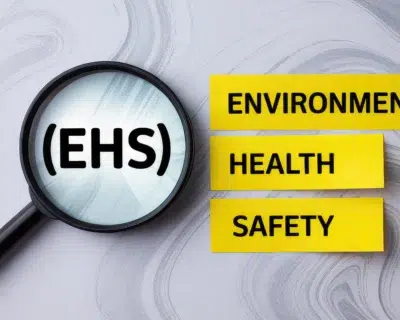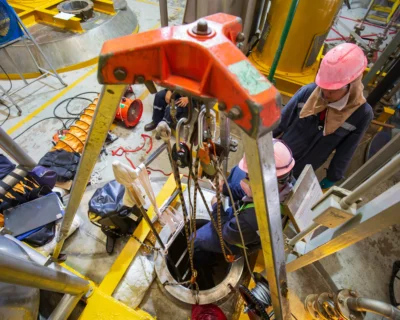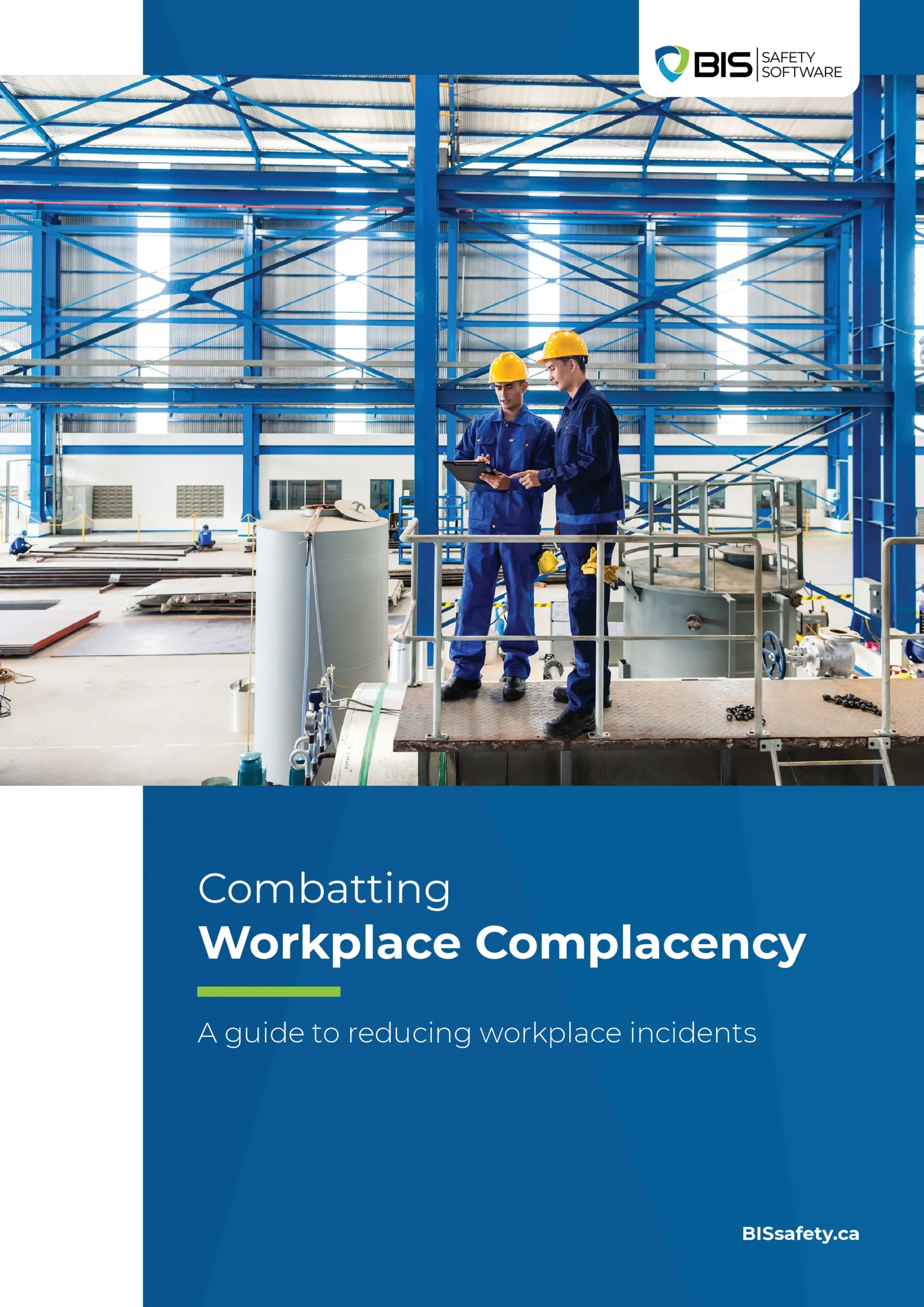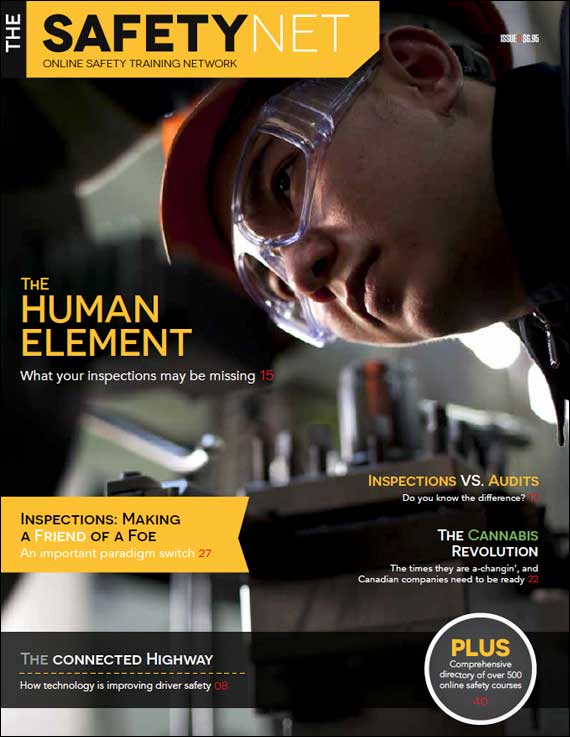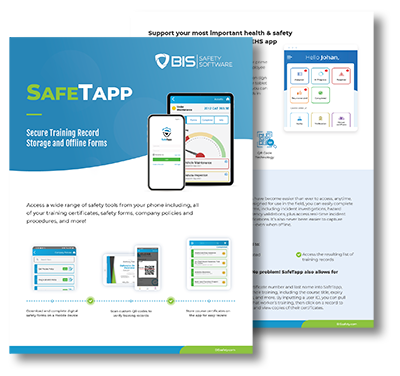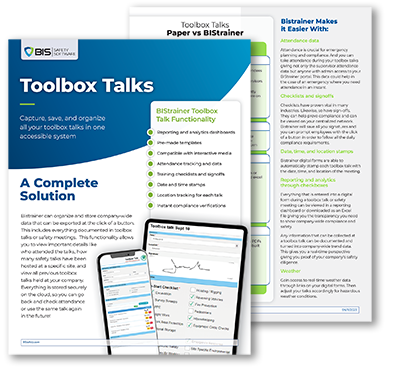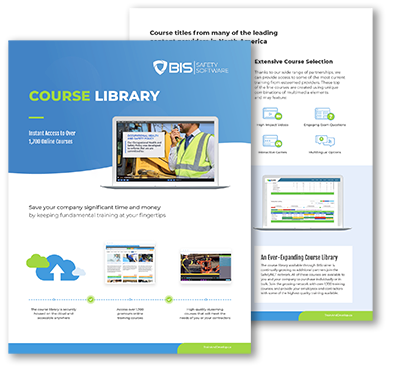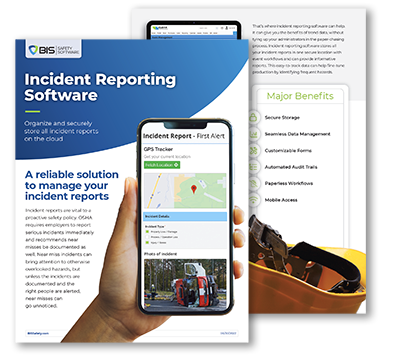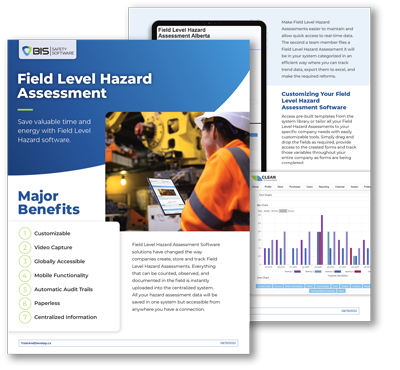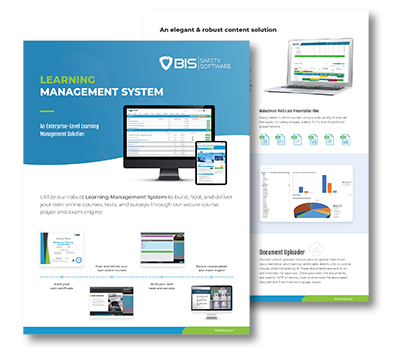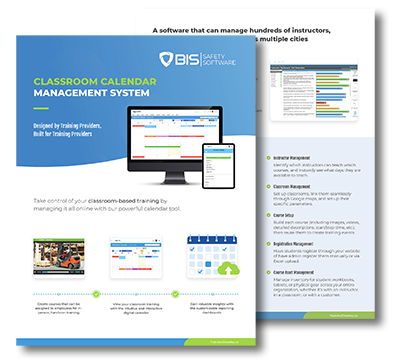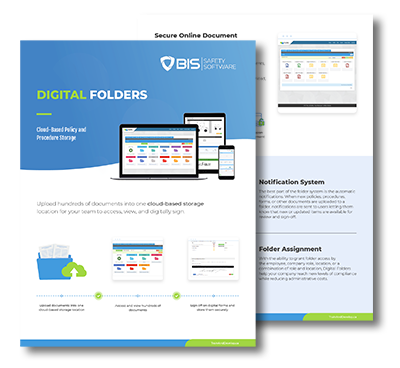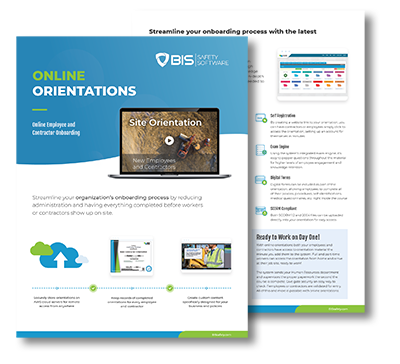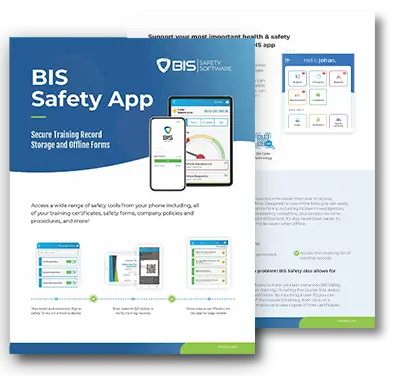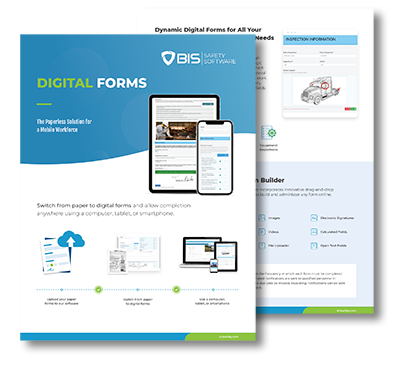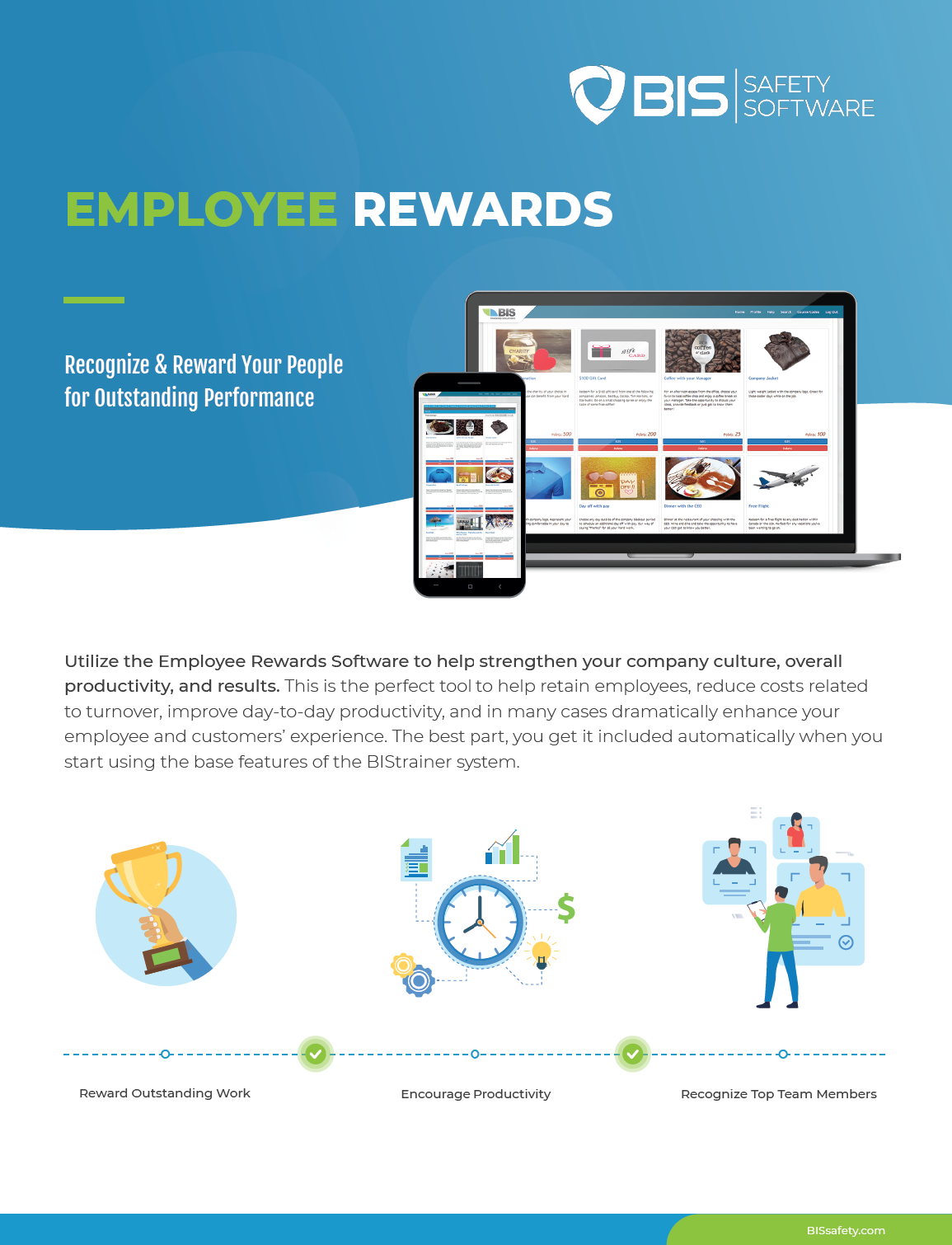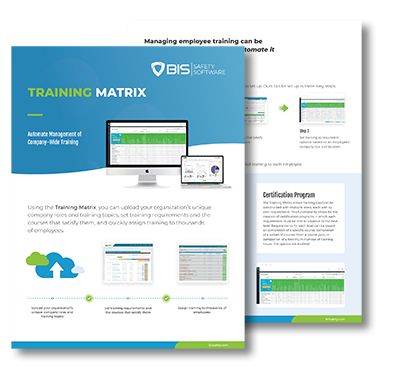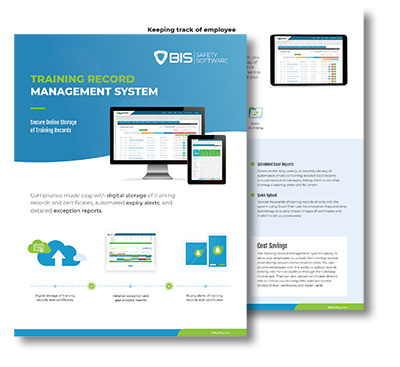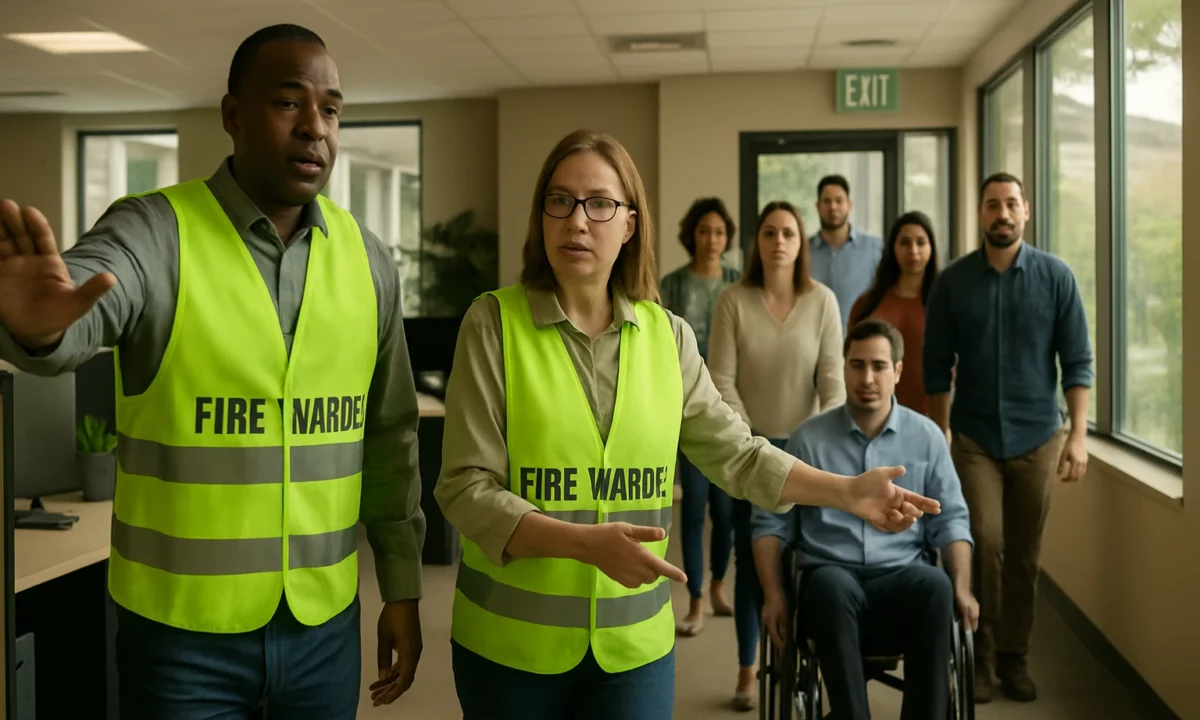
Fire Drills: Building Readiness Through Repetition
Fire drills simulate real emergencies, helping organizations test and refine their evacuation plans. Done right, they train employees to respond with speed, confidence, and coordination. More than routine exercises, these drills reinforce a proactive safety culture that can save lives when seconds count.
Why Regular Fire Drills Matter
Beyond compliance, fire drills reduce injury risks and prepare employees for high-pressure moments. They help verify:
- Emergency routes are usable
- Alarms and exit signs function properly
- Staff understand their evacuation roles
- Documentation exists to support OSHA readiness
“We thought we had a perfect plan—until a fire drill revealed a jammed exit door. That drill prevented a real tragedy.”
—Operations Manager, Distribution Center
Step-by-Step: How to Conduct a Fire Drill
- Set objectives: Are you testing exit speed or team coordination?
- Notify essential personnel: Fire marshals and team leads must be informed.
- Activate the alarm: Simulate a real emergency and observe reactions.
- Evacuate safely: Look for hesitations, bottlenecks, or confusion.
- Perform a headcount: Ensure everyone reached the muster point.
- Debrief and improve: Note lessons learned and revise your EAP.
Common Fire Drill Pitfalls
To get the most out of drills, avoid:
- Forgetting to include visitors and contractors
- Assigning unclear roles or none at all
- Ignoring disabled access routes
- Skipping post-drill feedback and updates
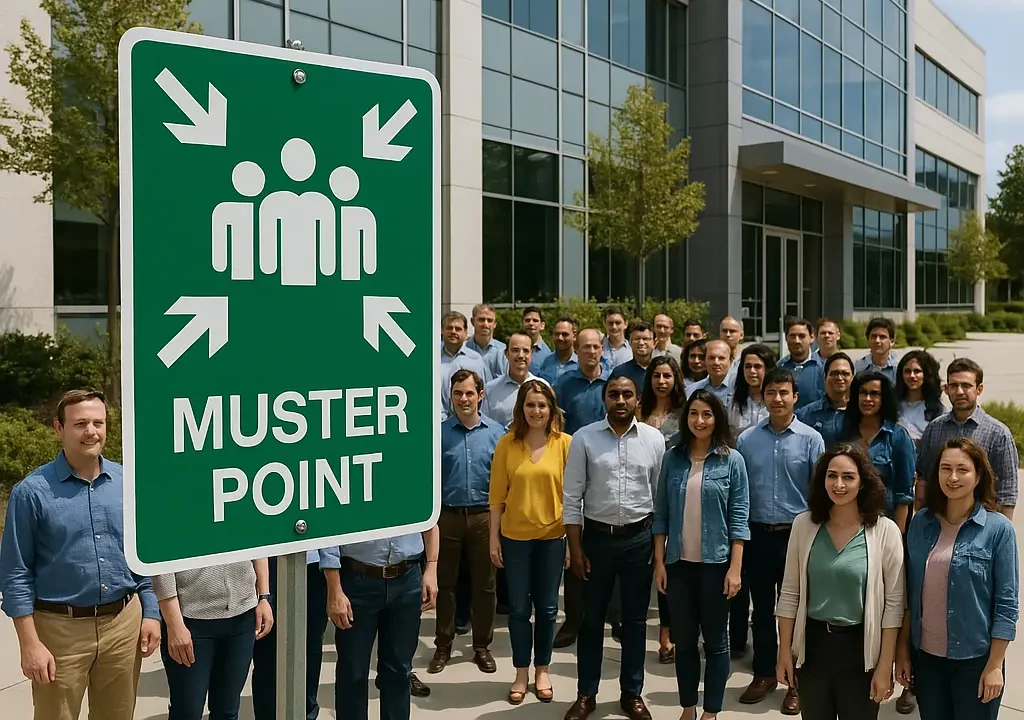
People Also Ask:
What is the goal of a workplace fire drill?
To prepare employees for orderly evacuation and test safety systems.
How often are fire drills required?
OSHA recommends at least once a year. Higher-risk workplaces may need quarterly drills.
Can fire drills be unannounced?
Yes, unannounced drills simulate real emergencies more accurately.
Who should organize a fire drill?
Usually a safety officer, EHS manager, or HR lead handles planning and documentation.
Fire Drills Save Lives—When Done Right
Fire drills should never be seen as disruptions. They uncover real hazards, teach critical skills, and strengthen employee confidence. Whether you’re leading a 5-person office or a 500-person warehouse, take every drill seriously—because one day, it won’t be a drill.


